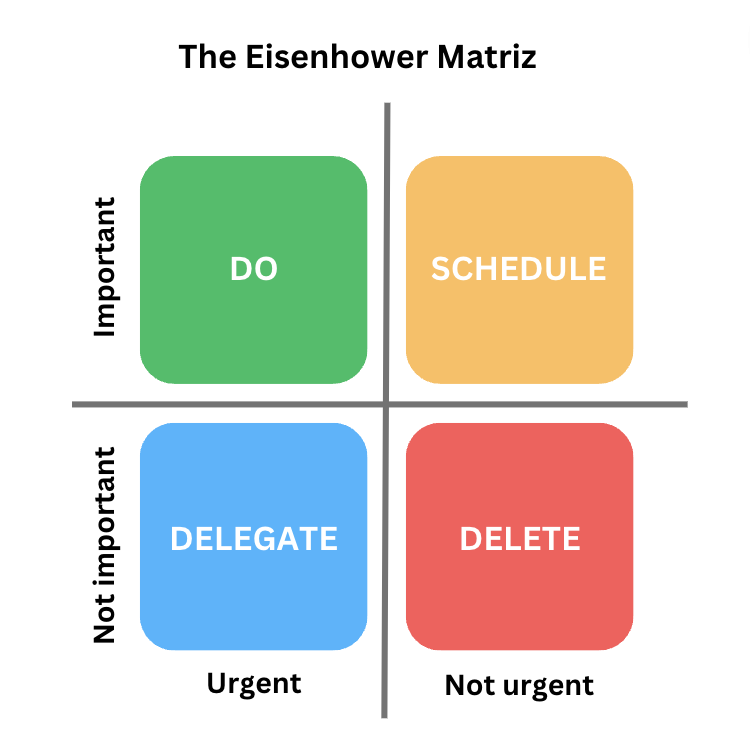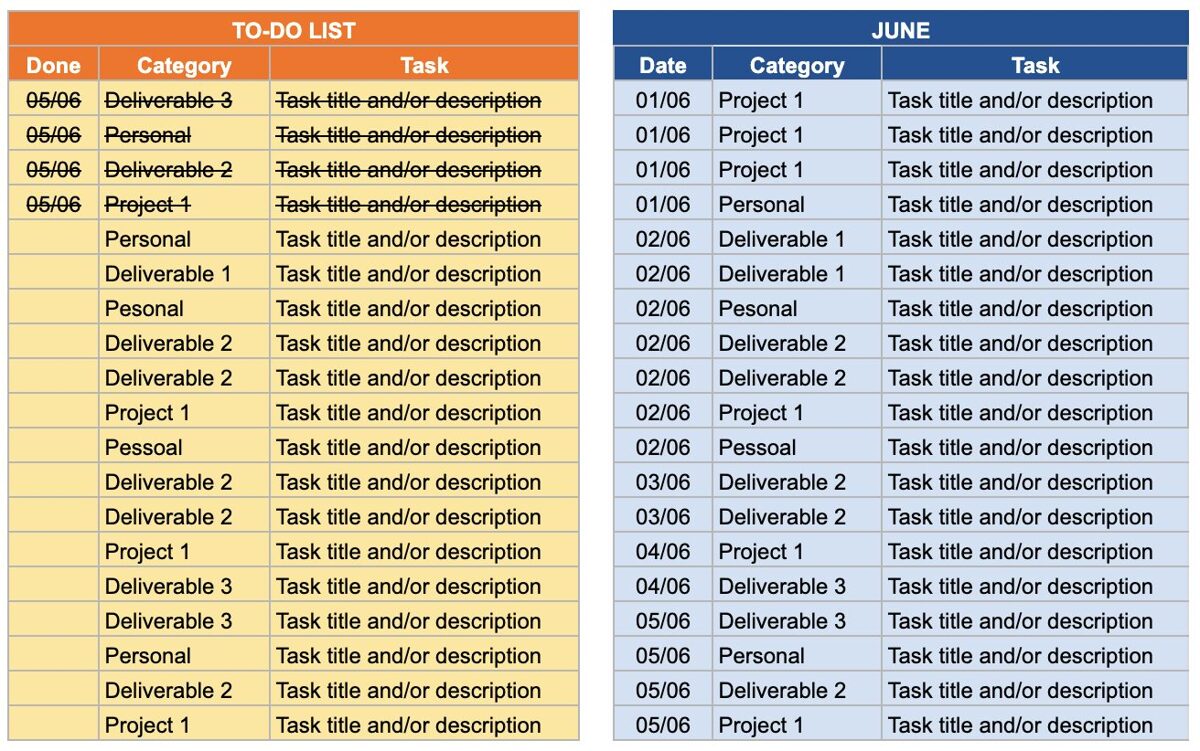Task Management for Sustained Productivity

Trying to make sense of a chaotic pile of tasks can be challenging. That is why using the right task management approach is essential for those aiming to boost productivity and efficiency. Certain techniques, such as a to-do list, categorization, and flexible prioritization, can be integrated to manage tasks effectively and maintain motivation. Despite a seemingly never-ending influx of tasks, mastery of these means can boost management skills, fostering personal and professional growth. This article delves into these techniques, providing a simple and effective modus operandi for task management.
The first step is to stop using the brain as the main log for a to-do list by writing it down. This is not simply about creating an inventory of tasks but a method for promoting mental energy efficiency. Once a task is written on a list, it no longer presents a cognitive burden. This frees mental resources, diminishes the risk of forgetfulness, and eliminates the need for a constant brain reminder. As a result, negative outcomes of a lapse of memory can be prevented and the mental strain of trying to remember tasks can be avoided.
Next is recommended to introduce an organizational layer to the to-do list, a tagging system to classify tasks. These tags could help delineate between personal and professional tasks, or tasks belonging to different projects, processes and deliverables. As the system evolves, it could become more nuanced, capturing other aspects. However, it's important to remember that adding sophistication brings increased complexity and, consequently, additional time spent on organizing. Striking the right balance between detailed organization and efficiency is key to making this technique work.
For those who want options of classification categories, The Eisenhower Matrix, named after US President Dwight D. Eisenhower, is a popular method. Eisenhower, quoting a university dean in a 1954 speech, said, “I have two kinds of problems, the urgent and the important. The urgent are not important, and the important are never urgent.” Stephen Covey, the author of The 7 Habits of Highly Effective People, took Eisenhower’s words and developed the task management tool known as the Eisenhower Matrix.
This matrix classifies tasks by their urgency and importance. The overarching goal is to segregate tasks into four quadrants:
- The "do" quadrant: Houses tasks that are both urgent and important.
- The "schedule" quadrant: For tasks that are important but not urgent.
- The "delegate" quadrant: Tasks that are urgent but not too important fall here.
- The "delete" quadrant: All remaining tasks that are neither urgent nor important land here, as they are likely counterproductive to the goals.

This matrix can guide decision-making processes about which tasks require immediate attention, which ones need to be scheduled, delegated, or eliminated altogether. However, caution and judiciousness are required with this system. Tasks that seem trivial or non-urgent, like paying a future-dated electrical bill, might be classified as less important, but their neglect could result in substantial repercussions.
Another technique found beneficial in task management is the Lazy Susan method. This method, an analogy to the revolving serving tray, calls for prioritizing tasks based on current interest, physical and mental energy, emotional state, and overall readiness. This approach can mitigate task burnout by providing variety, allowing the rotation through different types of tasks, thereby maintaining productivity and giving the brain time to revitalize.
According to one's schedule structure, the Lazy Susan method can facilitate Deep Work or Flow states. Deep Work, a Cal Newport concept, is the ability to focus without distraction on a mentally demanding task, pushing cognitive abilities to their limit. It involves focus, allowing individuals to reach a state of flow and produce high-quality output. Deep Work requires minimizing or eliminating distractions such as social media, email, and other interruptions, emphasizing the importance of dedicating significant blocks of time to undistracted and meaningful work.
On the other hand, Flow, a concept popularized by psychologist Mihaly Csikszentmihalyi, describes a peak mental state in which profound absorption in activity occurs to the point of losing track of time and external distractions. It's about immersing so deeply into a task that it becomes enjoyable, even if it's intrinsically mundane. It's important to note that flow is highly individualized, and its induction varies from person to person.
The source of force and motivation behind the capacity to sustain the discipline in applying these techniques lies in the satisfaction derived from ticking tasks off the to-do list. However, despite the continuous completion of tasks, the constant influx of new ones can lead to feelings of being stuck, creating a cycle of frustration and demotivation.
To overcome this, a consistent acknowledgment of progress is essential. Daily assessing both the quantity and quality of tasks accomplished works as an incentive, an acknowledgment of efforts and achievements. Following this mental exercise, these completed tasks can be transferred to digital spreadsheets organized by month. This practice provides a tangible representation of accumulated progress, offering a visual stimulant for motivation.

This technique is aligned with a common one used by long-distance runners. A study published in the journal Motivation and Emotion found that instead of focusing on the finishing line, focusing on a specific point ahead, like a building or tree, can cause distances to appear shorter. This, in turn, encourages exercisers to move more quickly and reduces the feeling of exertion. Therefore, instead of focusing on the pool of tasks on your to-do list, recognizing short-term achievements is fundamental to keep going.
Setting daily or monthly goals for the number of tasks checked off isn't considered a prerequisite for success. Given the variation in complexity and duration of tasks on the list, this metric could be misleading. Instead, the simple satisfaction derived from daily accomplishments, coupled with a visual overview of monthly progress, fuels motivation naturally, fostering a productive environment.
Finally, effective task management is not considered a one-size-fits-all proposition. It's a dynamic process that requires continuous adjustments based on individual needs and circumstances. Although, with these techniques in the arsenal, productivity can be enhanced, stress can be reduced, and personal and professional growth can be leveraged.